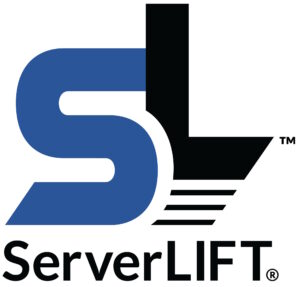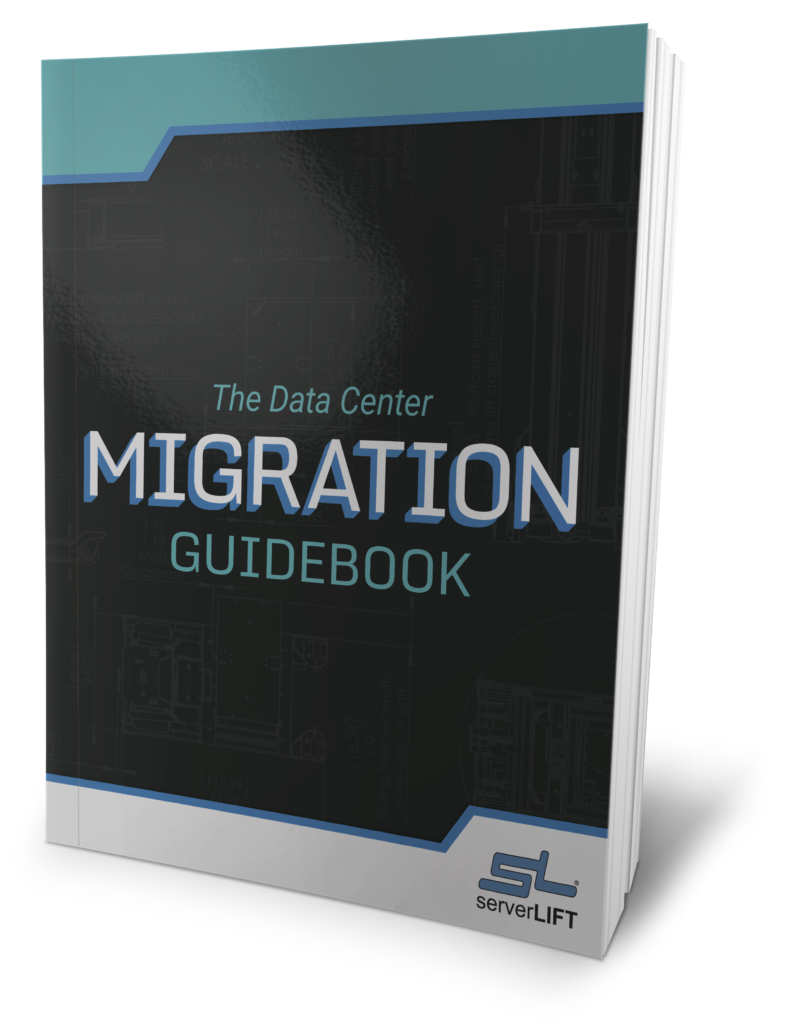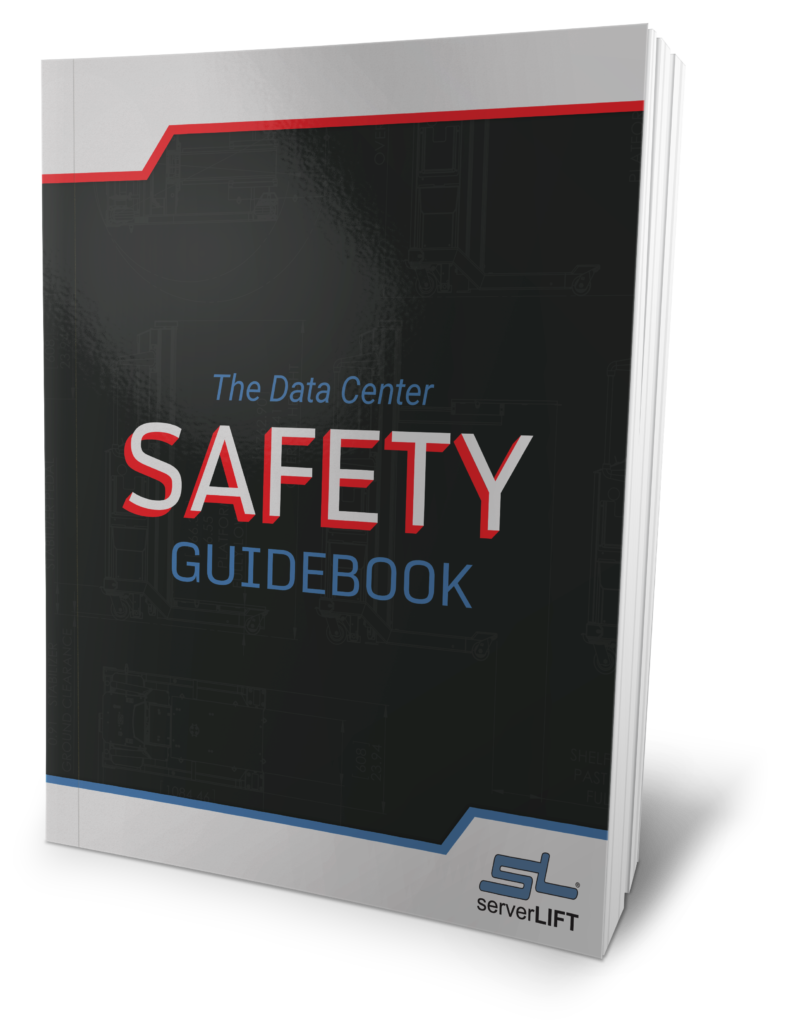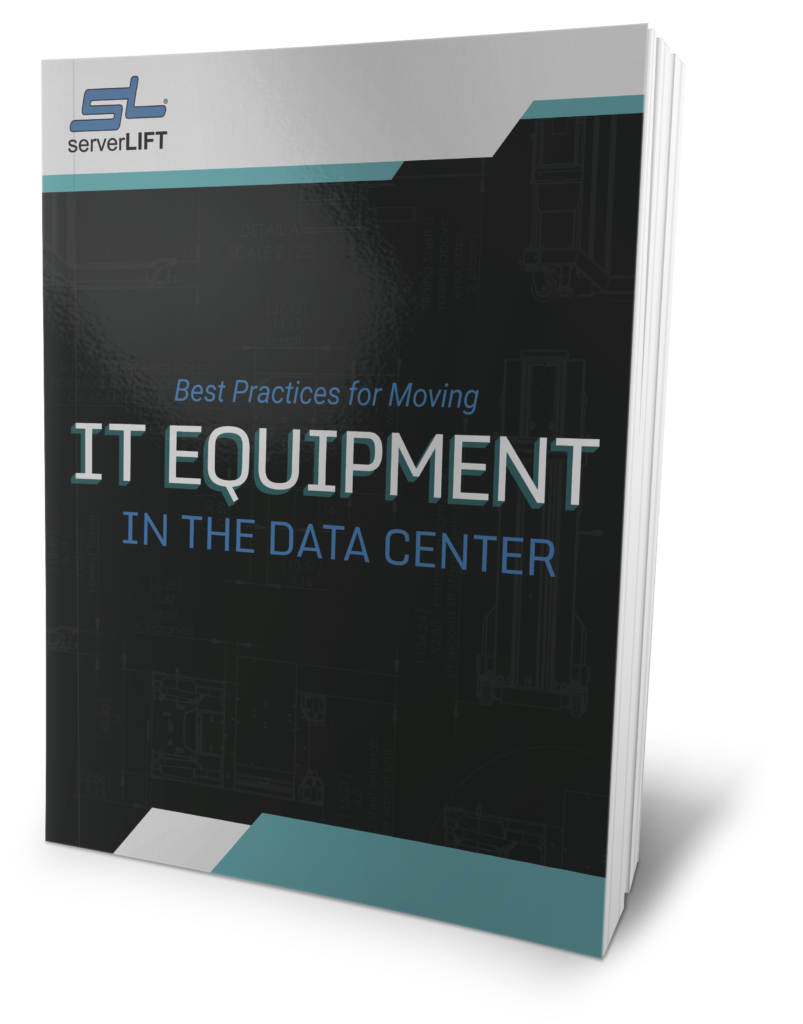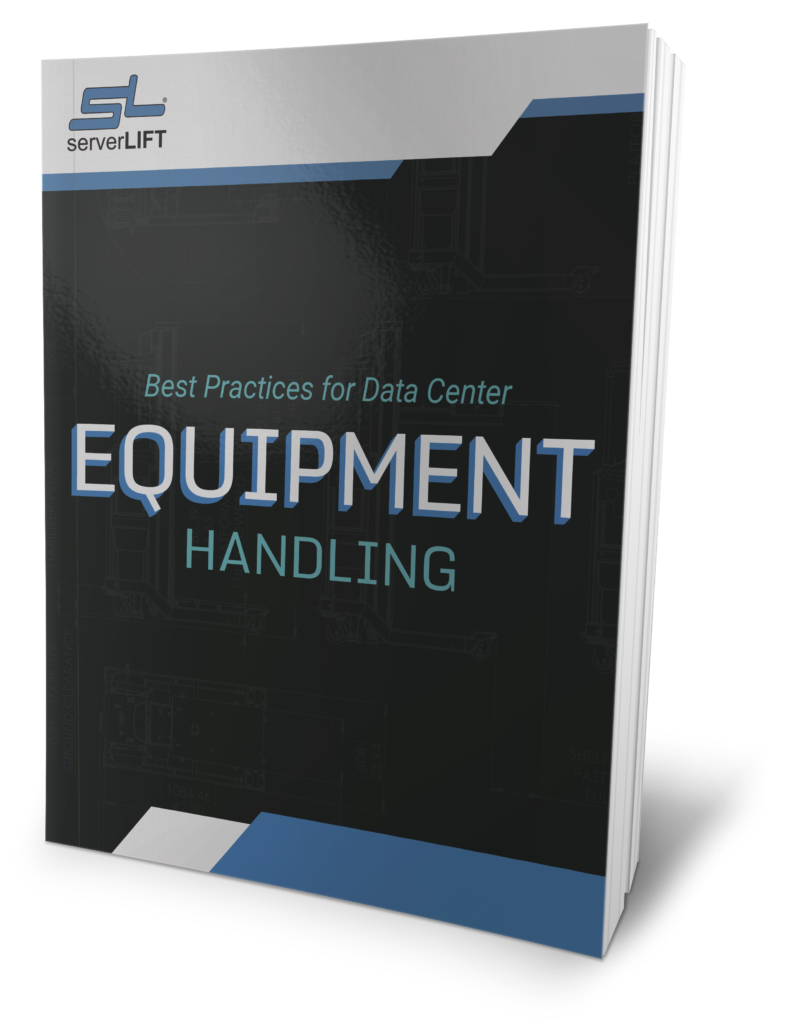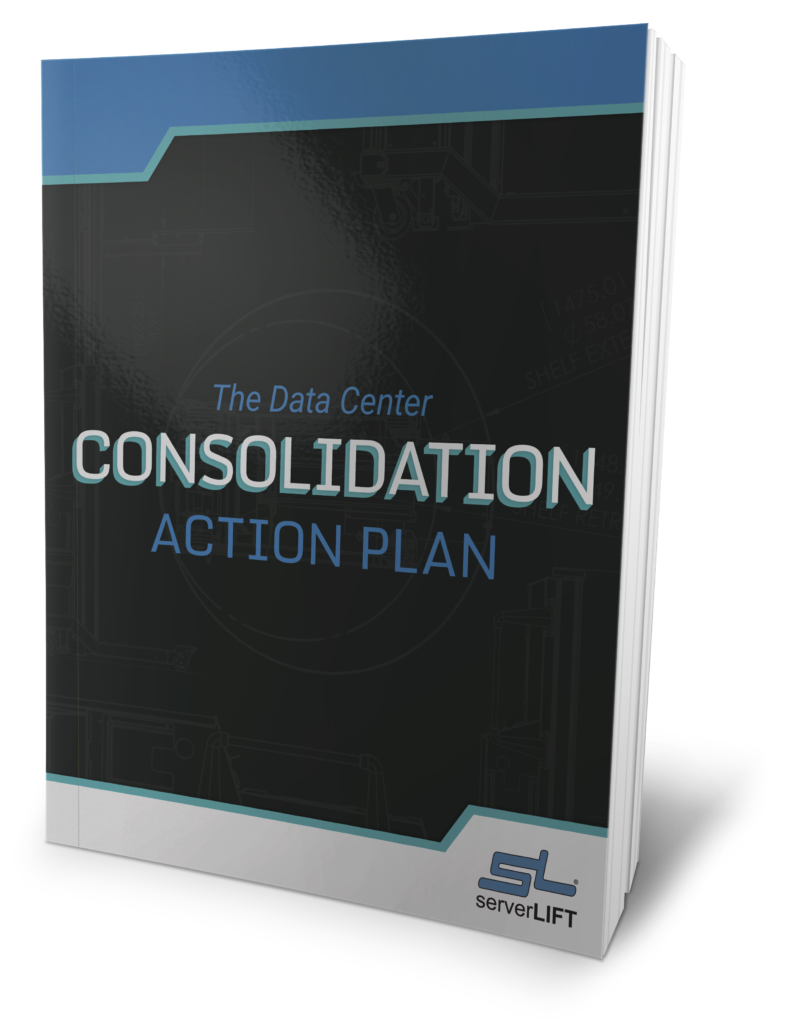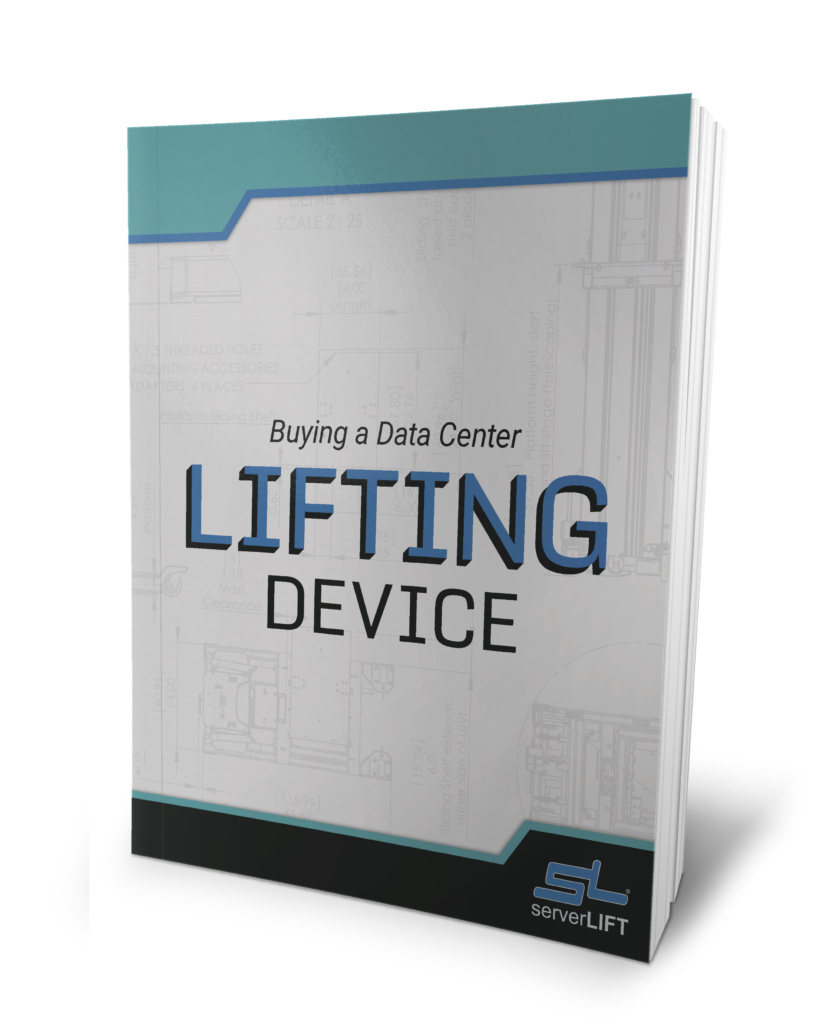AI is a game-changer for data centers. The popularity of AI means that data center services are more in demand than ever. Data centers that adapt quickly to AI-related changes will be at the forefront of the industry because they can easily support AI workloads.
How are data centers adapting to AI? Below are five key changes that will keep data centers on the cutting edge.
1. Power and Cooling Solutions
In the “old days”:
Until recently, most data centers used standard server rack setups with comparatively low power densities. Air cooling has been standard for most facilities. This was sufficient for the non-AI workloads of the past. Power was drawn from the local grid, with some facilities using battery backups or other redundancies to mitigate the fluctuations that can cause service disruptions.
How AI has changed the game:
These days, data centers are packing higher power densities into smaller footprints. Today’s rack densities average between 40 kW and 130 kW, with some facilities achieving much higher numbers. Soon, we expect to see chips pushing the limits to 250 kW per rack or more.
With great power comes great heat production, which means data centers are now upgrading their traditional air cooling systems to more efficient solutions, such as cold-plate cooling, immersion cooling, and other liquid cooling technologies.
In addition to upgraded cooling systems, some larger facilities are choosing nuclear power to support the immense demand for reliable power generation. Although this option may be beyond the scope of the average data center, we expect the trend to continue, especially if major players successfully use nuclear energy to generate massive amounts of clean power in the near future.
In the meantime, natural gas may be an attractive halfway measure between draining the local power grid (a practice of the past) and nuclear energy of the future. Natural gas is a cost-effective way to generate energy for data center facilities. It is also a low-carbon solution that can help data centers stay competitive while pursuing ambitious “green” initiatives.
2. Specialized Hardware Integration
In the “old days”:
General-purpose CPUs handled the majority of computing tasks because most tasks didn’t require more specialized hardware. There may have been some dedicated, specialized hardware for intensive computing, but this wasn’t common or necessary for the average data center.
How AI has changed the game:
AI workloads require hardware capable of handling large and complex datasets and computing tasks. This means that data centers are starting to use hardware designed explicitly for running AI, including GPUs, TPUs, and other computing accelerators tailored for machine-learning workloads. Some hyperscale companies have developed AI chips, such as AWS Inferentia and Google TPU, that provide clients running AI in the cloud with a faster and more powerful option than regular GPUs.
Expect to see more new and innovative hardware solutions on the market in the next few years as hyperscalers rise to the challenge of producing AI-capable chips. Eventually, it may be difficult or impossible for data centers to remain relevant with traditional GPUs, even if they have upgraded from CPUs. Specialized hardware will make the difference between being able to support AI-heavy enterprise clients and falling behind competitively.
Keep an eye on major chip manufacturers to stay up-to-date on AI hardware releases. NVIDIA, Dell, Intel, Supermicro, Microsoft, AWS, and Google all have hardware developments in the works.
3. AI-Powered Operational Efficiency
In the “old days”:
Manual system monitoring and reactive maintenance (e.g., fixing something when it broke) were sufficient to catch and repair most problems before they became devastating. There were some tools that data centers could use to predict and optimize both energy usage and operational efficiency, but these tools lacked the sophistication of the ones available today.
How AI has changed the game:
Now, if a data center operation can be automated, it’s likely it already is or will be soon. AI has proven to be a valuable tool for predicting maintenance issues, managing workloads, and optimizing energy usage. Most data centers use AI platforms that track Power Usage Effectiveness (PUE) as a metric to gauge the facility’s efficiency and sustainability.
Google’s DeepMind AI platform is an example of a management solution. IBM, Juniper Networks, Schneider Electric, and the government’s National Institute of Standards and Technology (NIST) all have—or are currently working on—their own. These platforms are designed to reduce downtime and keep operational costs low while streamlining processes, identifying potential maintenance issues, and detecting usage anomalies.
4. Edge Computing and Distributed Architecture
In the “old days”:
Most data centers were centralized in large buildings. Little emphasis was placed on developing distributed, edge locations that could provide low-latency processing unless the data center specialized in critical workloads where low latency was imperative.
How AI has changed the game:
Today, edge computing infrastructure is emerging in new locations all the time. Modular and prefabricated data centers—facilities that can be set up quickly and cost-effectively—are popular options for reduced latency for AI applications in areas that aren’t located near a major facility.
These edge facilities are crucial for supporting the growing trend of AI-inference workloads—workloads that involve using a trained model to solve real-world problems by making decisions based on new and incoming data. Inference requires a lot of computing power, low latency, and the ability to scale infrastructure quickly to support dynamic changes.
5. Flexible and Scalable Infrastructure
In the “old days”:
Building data centers was a slow process, from navigating bureaucratic red tape to actually constructing the building. Additionally, most data centers weren’t built for rapid scalability or with modular designs. Facilities were typically large buildings that could take several years to go from concept to operation.
How AI has changed the game:
Flexibility and scalability are now crucial aspects to consider when planning new data center construction or expanding existing facilities. AI demand has increased rapidly, and it can be unpredictable at times. This means that data centers must be able to rapidly scale their operations up or down to match demand and respond to changing industry conditions.
Many modern data centers are being built with prefabricated components that can be put together much faster than traditional buildings. This cuts the deployment time of new buildings and expansions down to months, rather than years.
Emphasizing data center scalability also helps prevent overbuilding in anticipation of demand that never comes. While AI is currently booming—and it’s almost universally accepted that it will continue to do so—there is always the risk that new facility deployments will be unused or underused. By adding the capability to scale down as well as up, data centers can dynamically meet demand without incurring excessive costs on unnecessary infrastructure.
Upgrading data centers can be intimidating. ServerLIFT can help make the process smoother.
These five data center adaptations reflect the most relevant and impactful changes that AI has caused to the industry, but this list is not exhaustive. The technology landscape is always changing, and there will always be hardware to upgrade, cooling systems to install, and outdated equipment to remove.
With ServerLIFT, these tasks become quick, easy, and safe. Data centers don’t need to worry about employees injuring themselves trying to lift heavy IT equipment or a clumsy forklift truck knocking over racks with tens of thousands of dollars of equipment on board.
Data center managers can focus on planning the most efficient, cutting-edge data center, knowing that their staff can get the job done using purpose-built server handling equipment from ServerLIFT.
Contact us with questions, and we’ll help you find the perfect solution for your needs.



